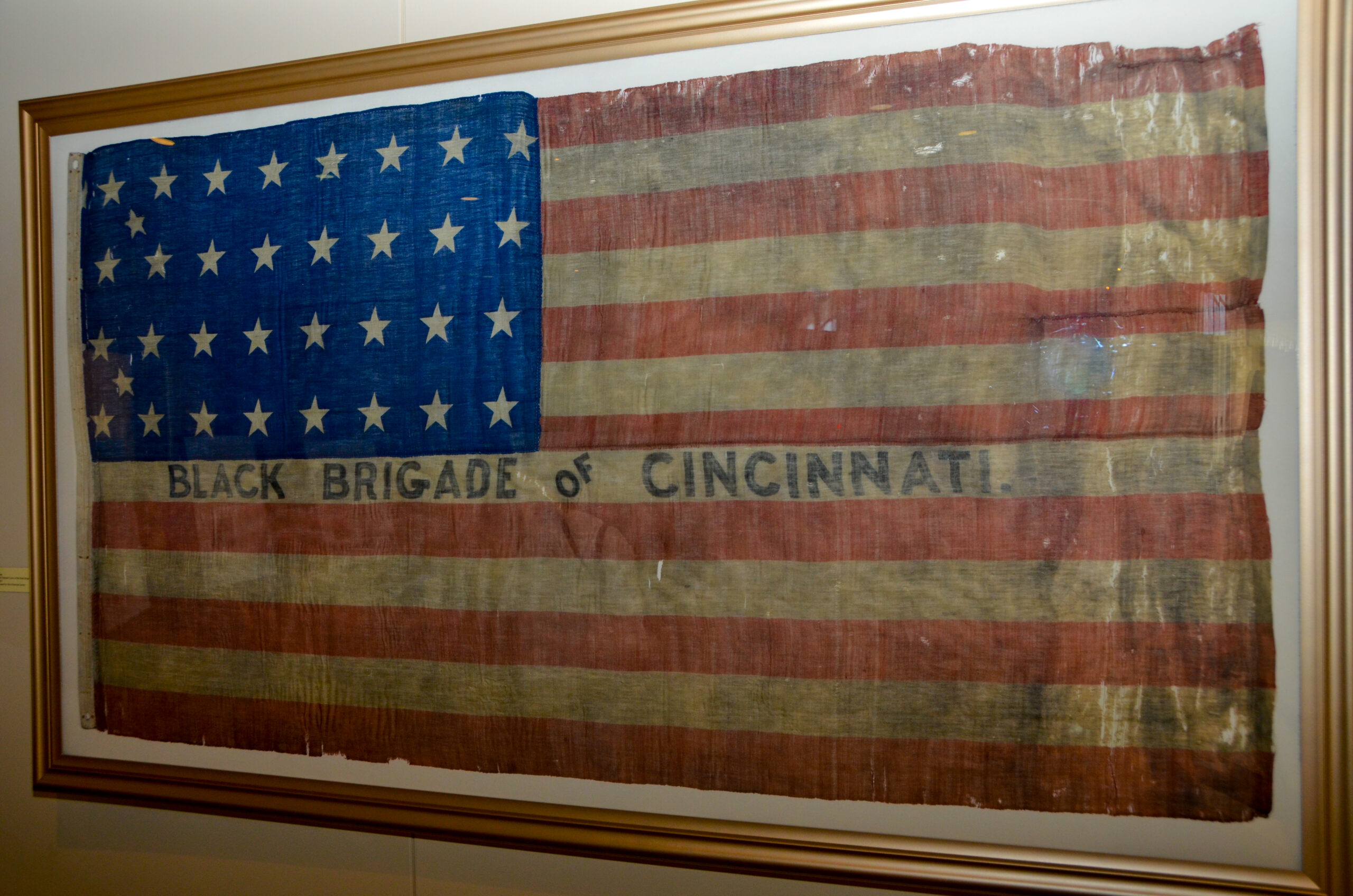
Black Brigade flag, exhibited at the National Underground Railroad Freedom Center in 2012
What was the Black Brigade of Cincinnati?
The Black Brigade of Cincinnati was a military unit of African American soldiers organized in 1862 during the Civil War when the city of Cincinnati, Ohio was in danger of being seized by Confederate forces. The Black Brigade became the first organized African American group employed for military duty in the Civil War.
A Troubled Beginning
Notably, elements of bigotry and racism were at work in the very formation of the unit.
When Confederate General John Hunt Morgan laid plans to attack Cincinnati in August of 1862, the Black community of Cincinnati met to organize a home guard and offer their help to defend the city. However, their offer was rejected by city authorities—the Black residents were forbidden to hold any further meetings and were told that it was not their war to fight. But Union General Lew Wallace, the military commander responsible for Cincinnati, felt differently. He hoped to enlist Black men to help construct defense fortifications in northern Kentucky.
Before Gen. Wallace formed a plan to employ these men for this project, the Mayor George Hatch ordered Cincinnati police to forcibly round up Black men in the city on September 2, 1862. Approximately 400 Black men were abducted from their homes or workplaces, many treated roughly and taken without explanation. They were marched at bayonet point across the Ohio River into Kentucky to work as laborers, camp cooks, or servants.
Forced Laborers to Volunteers
Gen. Wallace was alarmed by reports of ongoing harsh treatment of the men so he asked Judge William Martin Dickson to step in. Dickson allowed the approximately 400 men who had been seized to return to their homes and families in Cincinnati. He asked them to prepare for continued service the next day. On the following morning of September 5th, approximately 700 African American men voluntarily reported for duty.
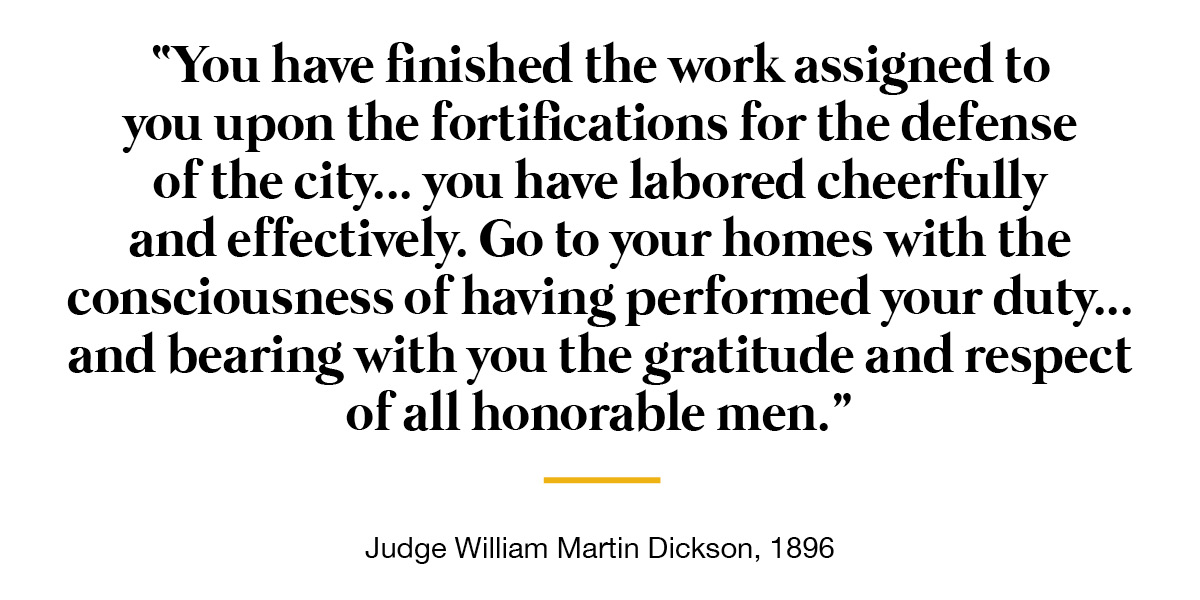
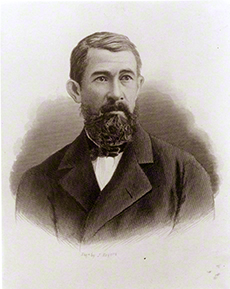 William Martin Dickson
William Martin Dickson
William Martin Dickson (1827-1889) was born in Lexington, Indiana. After graduating from Miami University in Oxford, Ohio and admitted to the Kentucky bar in 1848, he studied law at Harvard University. After Harvard Law School, he settled in Cincinnati and made a living as a teacher, tutor, and reporter for the Cincinnati Times. In 1852 he married Annie Marie Parker, a first cousin of First Lady Mary Todd Lincoln.
Six month after his marriage, he was elected prosecuting attorney of the Cincinnati police court. He resigned in 1854 to form a law partnership with Alphonso Taft and Thomas Marshall Key. At the age of 31, he was appointed judge of the Common Pleas Court. He became a key political figure and had associations with Abraham Lincoln and Salmon P. Chase. He is also considered a contributor in the framing of the Emancipation Proclamation. Through his later years, he maintained a keen interest in issues like black suffrage and civil service reform.
The men were organized into military lines and named themselves the Black Brigade. The unit marched towards the Ohio River under the National flag, loaded onto pontoons and commenced the work of digging rifle pits, clearing trees, and building forts and roads. Only in the second week did the men begin to receive pay for their service. Their effort to defend the city cost one Black Brigade member his life when a falling tree struck Joseph Johns on September 17th. They continued their work until September 20th when the threat to Cincinnati had passed. Before the Black Brigade was disbanded, they presented Judge Dickson with an engraved sword as symbol of their esteem.
Patterns of force and violence
If the black community had initially offered to help, why did authorities use force to conscript them later? Like many cities, Cincinnati has a legacy of race issues that began as early as 1829 when Irish immigrants destroyed African American wards and communities over competition for jobs. The use of force upon the Black community had become common practice by residents and city authorities alike. The fear of capture by Confederate forces prompted city authorities to continue this pattern of behavior.
Impact and Legacy
At the time of these events, Cincinnati was a significant river port city and the sixth largest city in the nation—holding it was important to the Union's success. If the Black Brigade had never formed and Confederate forces had successfully seized the city, the Civil War may have had a different outcome.
A strong argument can also be made that the Black Brigade had a remarkable influence on policies related to military service for African Americans. For example, the Emancipation Proclamation was signed only four months later. Although it did not end slavery in the nation, the proclamation transformed the character of the war. It expanded the fight for freedom and announced that black men would be accepted to serve the Union Army and Navy. By the end of the Civil War, approximately 200,000 black soldiers and sailors had fought for the Union.
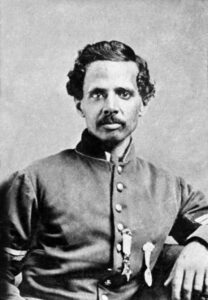 Powhtan Beaty
Powhtan Beaty
Powhtan Beaty (1837-1916) was a member of the Black Brigade of Cincinnati who went on to serve in the 27th Volunteer Infantry (reconstituted as the 5th United States Colored Troops). He served with distinction, earning the Medal of Honor.
Explore the Monument
The Black Brigade Monument in Smale Riverfront Park was commemorated in 2012. If possible, plan a visit to the monument. If you are unable to visit the monument in person, you learn more here:
http://www.mysmaleriverfrontpark.org/black-brigade.htm
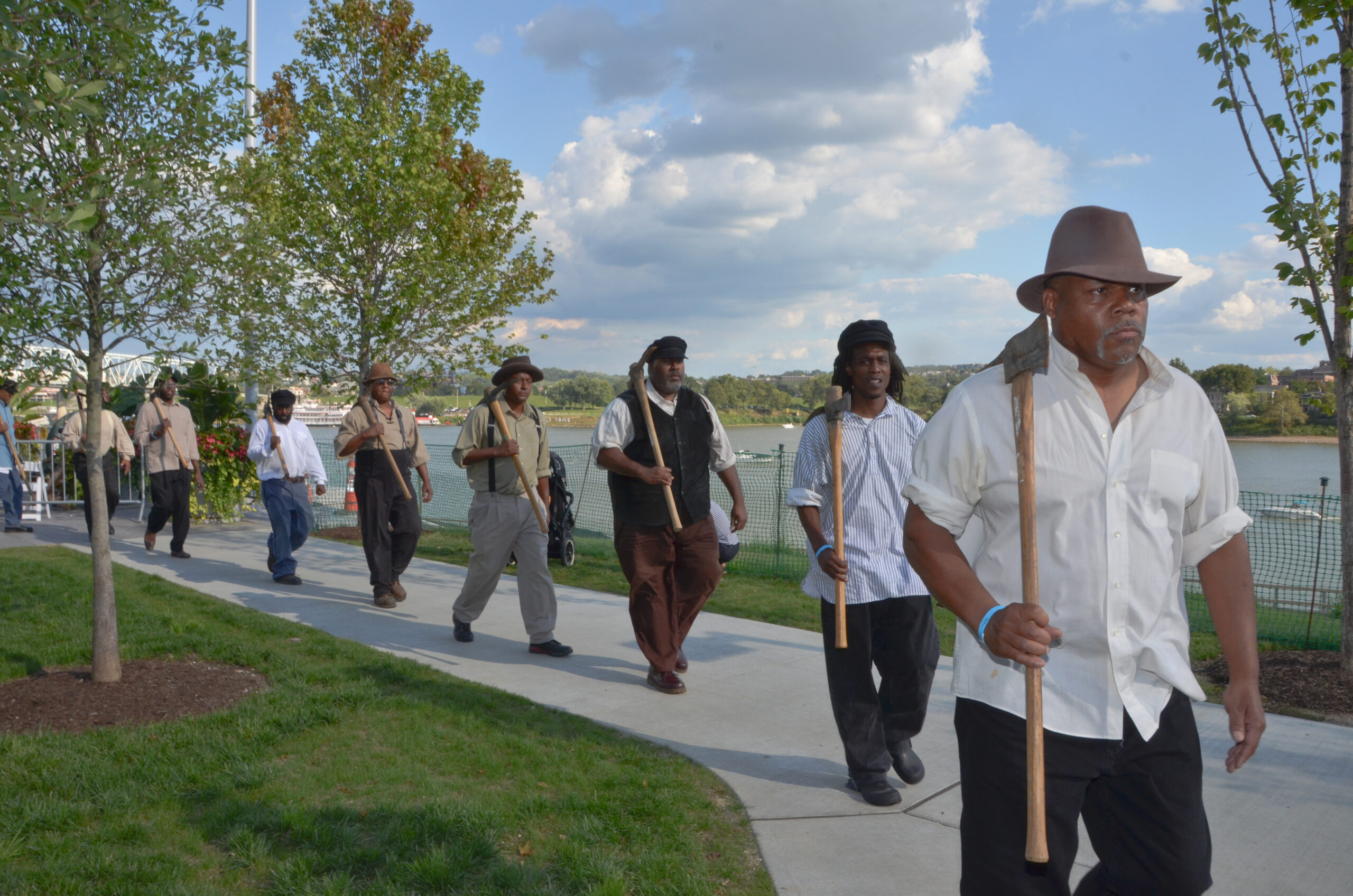
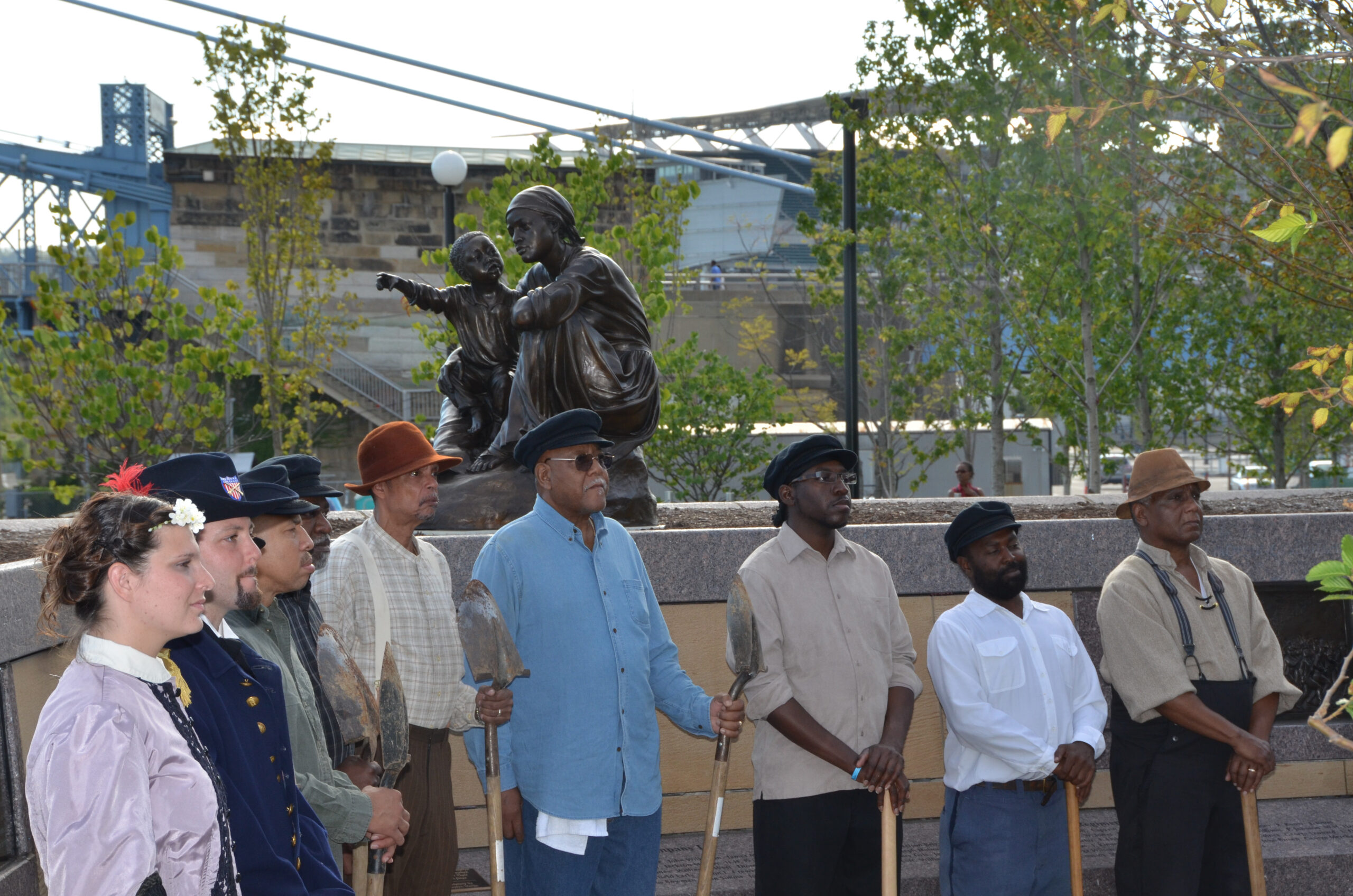
Commemoration of the 150th anniversary of Cincinnati’s Black Brigade at Smale Riverfront Park, September 2012
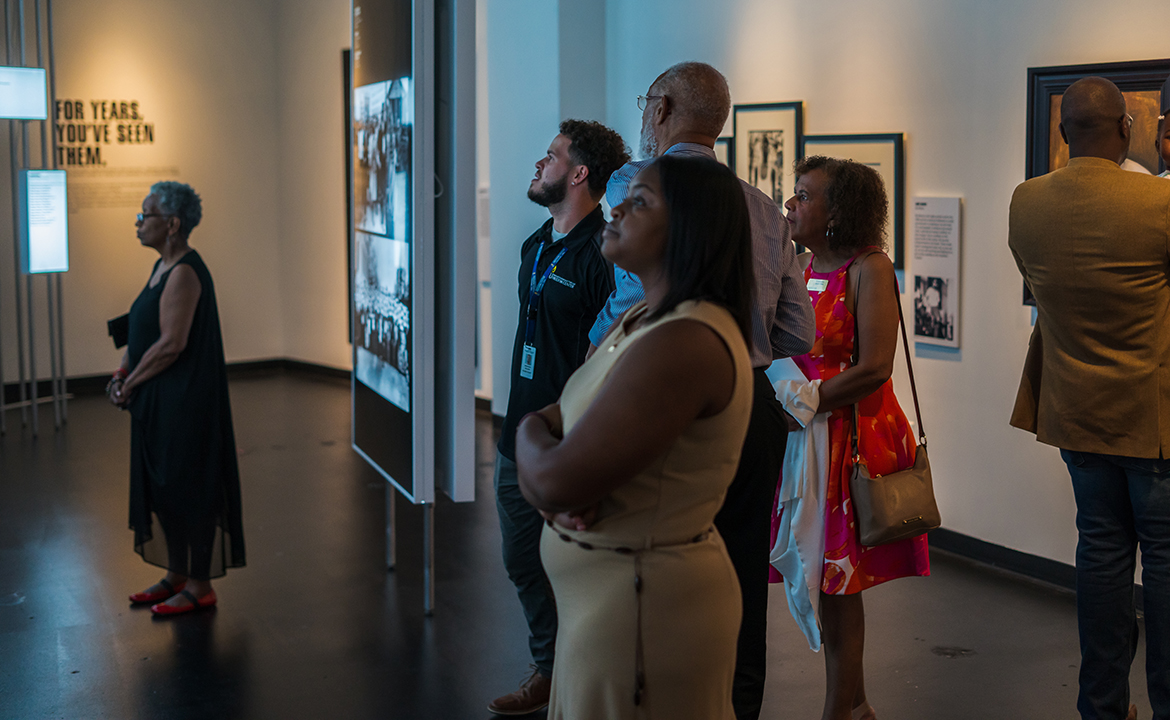
Freedom Heroes
Discover more courageous individuals that have taken a stand for freedom and justice.
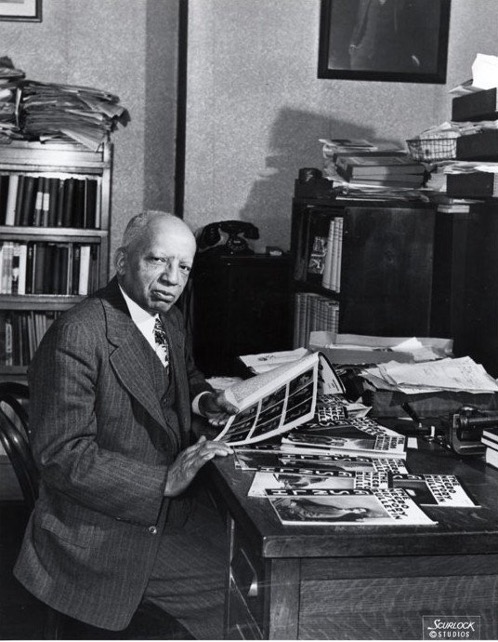
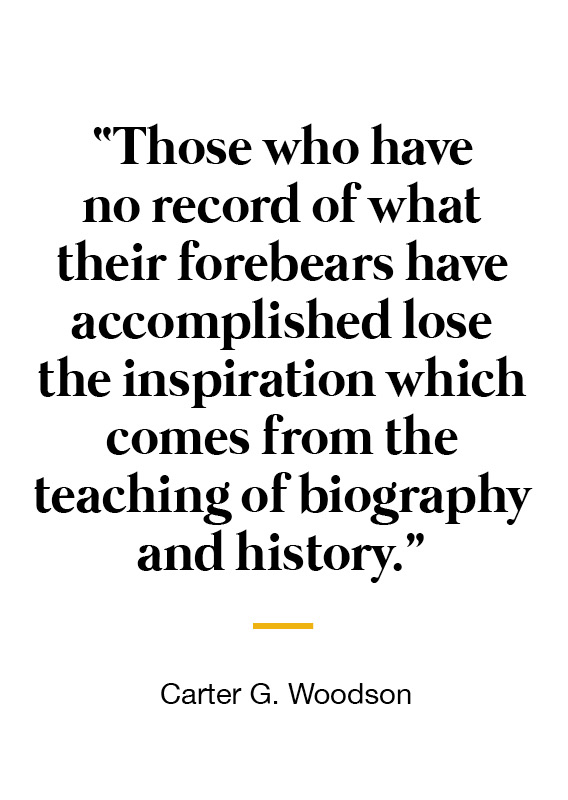
Known as the “Father of Black History,” Carter Woodson (1875-1950) was the son of former enslaved parents and understood how important gaining a proper education is when striving to secure and make the most out of one’s divine right of freedom. Although he did not begin his formal education until he was [almost] 20 years old, his dedication to study enabled him to earn a high school diploma in West Virginia, his first undergraduate degree from Berea College in Kentucky, and bachelor and master’s degrees from the University of Chicago in just a few years. In 1912, Woodson became the second African American to earn a PhD at Harvard University. He joined the faculty of Howard University, eventually serving as Dean of the College of Arts and Sciences.
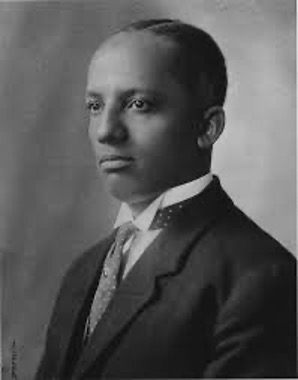 Woodson saw that the white-dominated historical profession had little interest in Black history. To preserve Black history, Woodson realized he would have to create a separate institutional structure. Woodson became known as an American historian, author, journalist, and the founder of the Association for the Study of African American Life and History. He was one of the first scholars to study the history of the African diaspora, including African-American history. He also wrote many historical works, including the 1933 book The Mis-Education of the Negro. Woodson's devotion to showcasing the contributions of Black Americans resulted in Negro History Week in the second week of February, which later expanded into Black History Month.
Woodson saw that the white-dominated historical profession had little interest in Black history. To preserve Black history, Woodson realized he would have to create a separate institutional structure. Woodson became known as an American historian, author, journalist, and the founder of the Association for the Study of African American Life and History. He was one of the first scholars to study the history of the African diaspora, including African-American history. He also wrote many historical works, including the 1933 book The Mis-Education of the Negro. Woodson's devotion to showcasing the contributions of Black Americans resulted in Negro History Week in the second week of February, which later expanded into Black History Month.
The Need for Black History
From the beginning, Woodson was overwhelmed by the response to his call. Negro History Week appeared across the country in schools and before the public. The 1920s was the decade of the New Negro, a name given to the Post-War I generation because of its rising racial pride and consciousness. Urbanization and industrialization had brought over a million African Americans from the rural South into big cities of the nation. The expanding Black middle class became participants in and consumers of Black literature and culture. Black history clubs sprang up, teachers demanded materials to instruct their pupils, and progressive whites endorsed the efforts.
Woodson and his Association for the Study of Negro Life and History (later the Association for the Study of African American Life and History) scrambled to meet the demand. They set a theme for the annual celebration, and provided study materials—pictures, lessons for teachers, plays for historical performances, and posters of important dates and people. Provisioned with a steady flow of knowledge, high schools in progressive communities formed Negro History Clubs. To serve the desire of history buffs to participate in the re-education of Black folks and the nation, the Association formed branches that stretched from coast to coast. In 1937, at the urging of Mary McLeod Bethune, Woodson established the Negro History Bulletin, which focused on the annual theme. As Black populations grew, mayors issued Negro History Week proclamations, and in cities like Syracuse progressive whites joined Negro History Week with National Brotherhood Week.
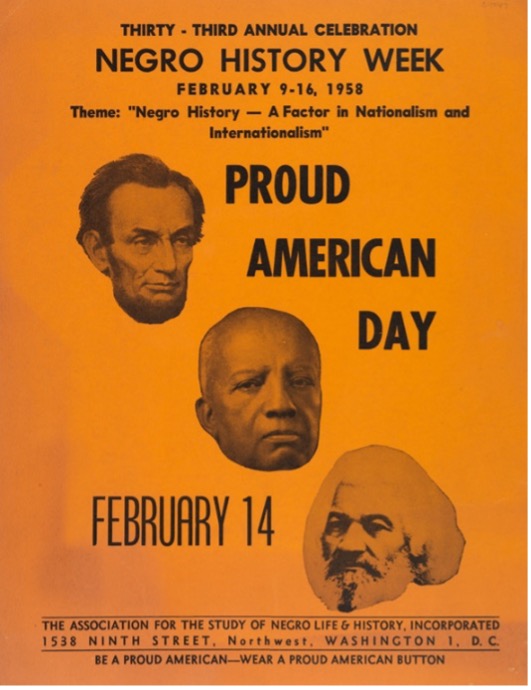
Source: virginiahistory.org

Source: goldenvalley.kernhigh.org
Black History Month
Negro History Week was first launched in 1926. In 1975, President Ford issued a Message on the Observance of Black History Week External urging all Americans to "recognize the important contribution made to our nation's life and culture by black citizens." In 1976, Association for the Study of African American Life and History expanded this commemoration of Black history in the United States from a week-long observance to Black History Month, which also has been known as African American History Month. In the same year, President Ford issued a Message on the Observance of Black History Month External. In subsequent years, presidents continued to issue messages External honoring Black History Month. Then, in 1986, Congress passed Public Law 99-244, which designated February 1986 as "National Black (Afro-American) History Month.
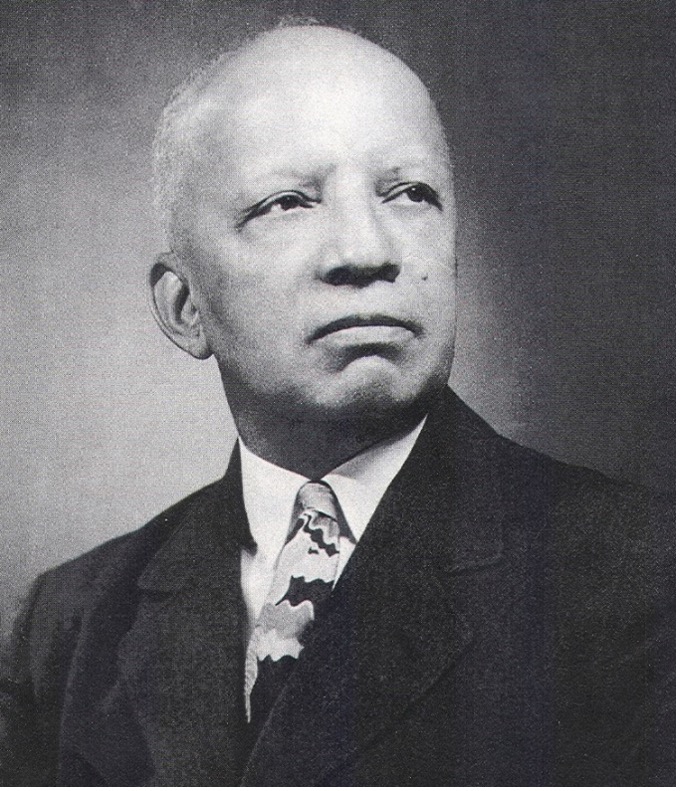
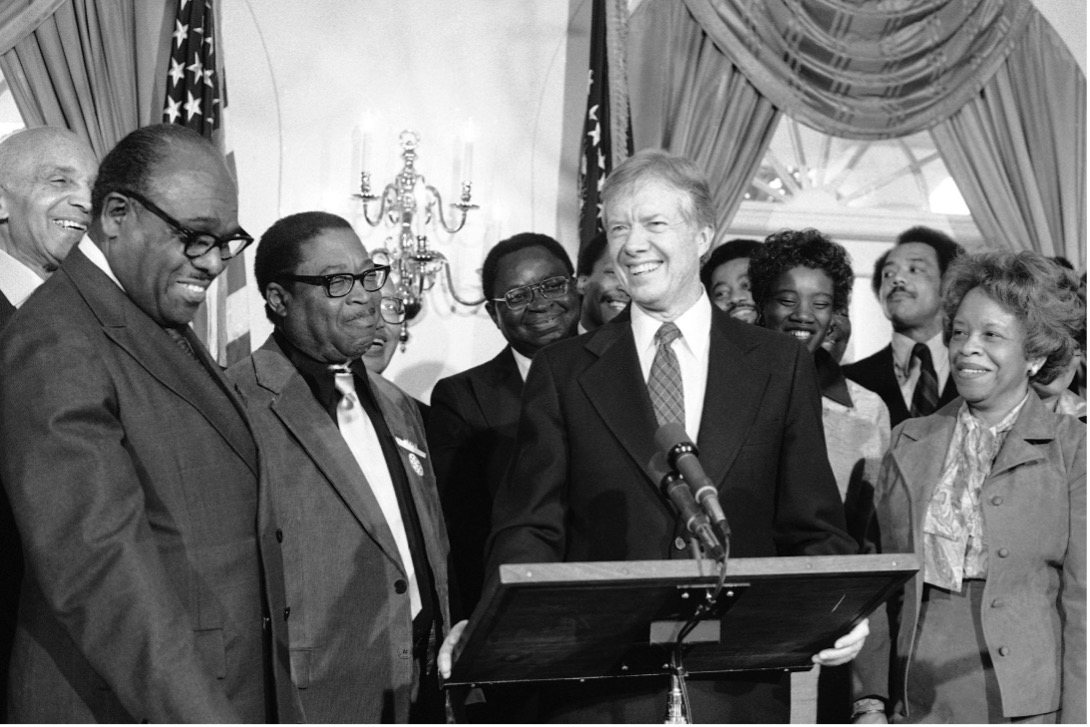
Jimmy Carter draws smiles from black leaders in the Cabinet Room of the White House in Washington, Jan. 15, 1980, as he declares February "Black History Month". (AP Photo/Harvey Georges) Source: mississippifreepress.org
Woodson’s Legacy
Woodson died at the age of 74 in 1950, long before U.S. Presidents recognized Black History Month. However, his legacy lives on every February when schools across the nation study Black American history, empowering Black Americans and educating others on the achievements of Black Americans.
Yet, it’s important to remember that Woodson never viewed Black history as a one-week affair. He pressed for schools to use Negro History Week to demonstrate what students learned all year. In the same vein, he established a Black studies extension program to reach adults throughout the year. It was in this sense that Black Americans would learn of their past on a daily basis that he looked forward to the time when an annual celebration would no longer be necessary. Woodson believed that Black history was too important to America and the world to be crammed into a limited time frame.
Thus, let us think of Black History Month the way our nation honors its greatest moments and greatest people. Let us appreciate Black History Month in a similar way—as when our government sets aside a month or day, thereby giving it a special meaning for all Americans. No one should think that Black History is confined to the month of February, when evidence to the contrary appears everywhere and in every month. Thanks to the pioneering work of Woodson and ASALH, information on the contributions of persons of African descent to our nation and world is currently taught in universities and in many K-12 schools. Black History is featured in television documentaries and in local and national museums. It is conveyed through literature, the visual arts, and music. The great lives and material culture of Black History can be seen in national park sites and in the preservation of historic homes, buildings, and even cemeteries. Black History Month is not a token. It is a special tribute—a time of acknowledgement, of reflection, and inspiration—that comes to life in real and ongoing activities throughout the year, just as the work of ASALH has for 106 years steadily asserted both racial pride and the centrality of race and the black experience to the American narrative and heritage.
- Evelyn Brooks Higginbotham 2021 ASALH National President
Learn more about Carter G. Woodson:
- https://news.harvard.edu/gazette/story/2022/02/celebrating-black-history-months-founder/
- https://www.nps.gov/cawo/learn/carter-g-woodson-biography.htm
- https://asalh.org/about-us/about-black-history-month/
Sources
- https://news.harvard.edu/gazette/story/2022/02/celebrating-black-history-months-founder/
- https://www.nps.gov/cawo/learn/carter-g-woodson-biography.htm
- https://asalh.org/about-us/about-black-history-month/
- https://naacp.org/find-resources/history-explained/civil-rights-leaders/carter-g-woodson

Freedom Heroes
Discover more courageous individuals that have taken a stand for freedom and justice.